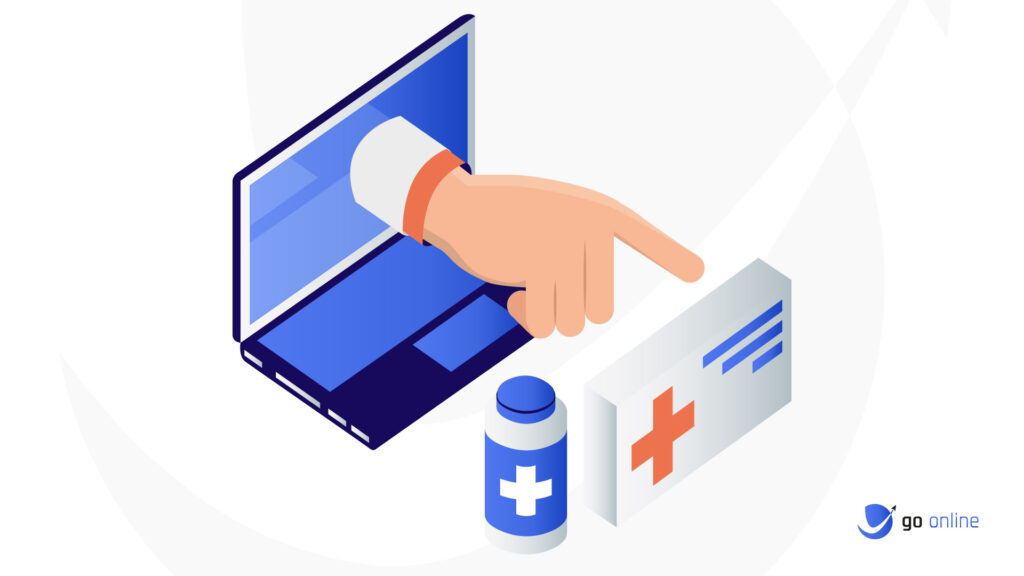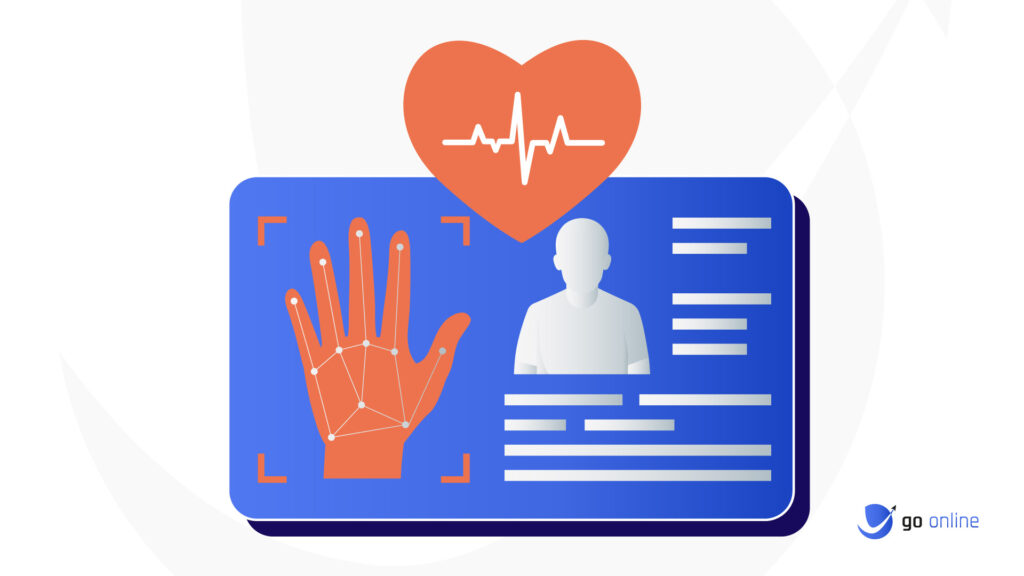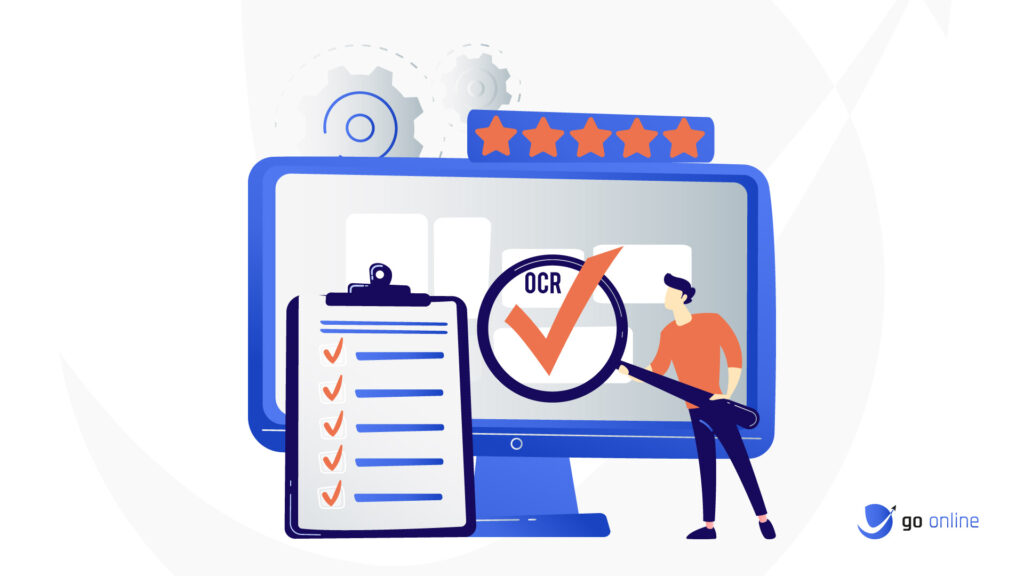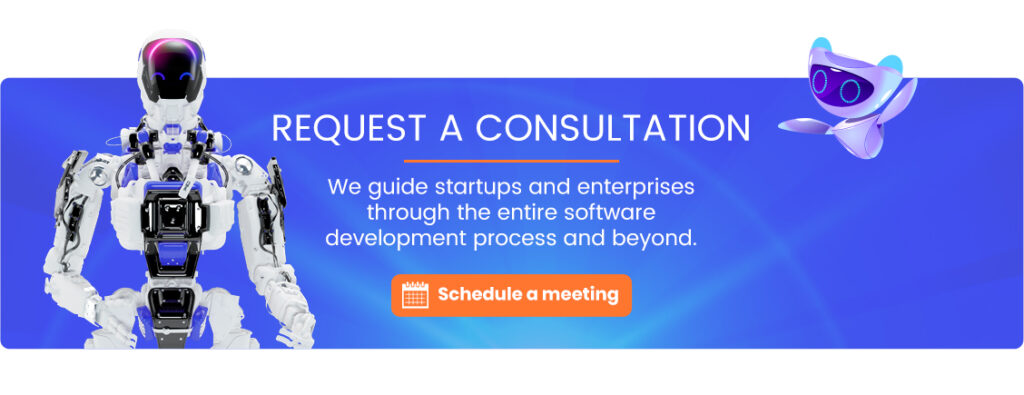In today’s modern world, the healthcare industry is making strides in technology adoption to improve patient outcomes, increase efficiency, and streamline record-keeping. One such technology that has gained immense popularity is Optical Character Recognition (OCR), which can quickly scan, recognize, and extract data from various documents, including medical records, prescription orders, and laboratory reports.
In this article, we will discuss how OCR simplifies record-keeping and improves patient outcomes.
Let’s dive in!
What Is OCR (Optical Character Recognition)?

OCR is an automated system that uses artificial intelligence to read text from images or scanned documents. OCR is a software program that is trained to recognize fonts, styles, and other unique features of a document to accurately identify and extract text from it. OCR technology has come a long way since its inception, and it can now recognize complex handwriting, printed texts, images, digital documents, and even cursive handwriting with high accuracy.
How Does OCR Work In Healthcare?

OCR works in healthcare by digitizing paper-based medical records, which can be a tedious and time-consuming process. Once the patient medical records are digitized, the OCR system can automatically identify and extract relevant information, such as patient details, medical history, and test results, and store them in an electronic format. This process saves healthcare professionals a significant amount of time and effort, allowing them to focus on more critical tasks, such as patient care.
The Process Of OCR In Healthcare Involves The Following Steps:
Step 1: Scanning The first step in OCR is to scan the paper document or image using a scanner or a camera. Once scanned, the document is converted into an image file format such as JPG, PNG, or PDF.
Step 2: Pre-processing The pre-processing step involves enhancing the image quality by removing noise, correcting perspective distortion, and adjusting brightness and contrast levels.
Step 3: Text Detection The OCR system identifies the regions of the image that contain text and separates them from the rest of the image.
Step 4: Character Recognition The OCR system then analyzes each character in the text regions and identifies the corresponding letter or number. The OCR system uses complex algorithms and machine learning techniques to recognize characters accurately.
Step 5: Text Correction After recognizing the characters, the OCR system performs spell checking and text correction to ensure that the extracted text is accurate and free from errors.
Step 6: Data Extraction The final step is to extract the relevant data from the text, such as patient details, test results, and other documents from the patient’s medical history, and store them in an electronic format.
How Does OCR Benefit Healthcare?

OCR has a wide range of benefits for the healthcare industry. The most significant advantage is the simplification of record-keeping. OCR technology enables healthcare providers to automate the process of digitizing medical records. This means that healthcare professionals no longer have to spend hours manually entering data into electronic health records. Instead, OCR technology can scan patient records and extract relevant data points automatically.
This automation saves a significant amount of time and effort for healthcare providers, allowing them to focus on more critical tasks, such as patient care. Additionally, the accuracy of OCR technology reduces the risk of errors in patient records. When records are manually entered, there is a greater likelihood of mistakes, which can have serious consequences for patient care.
Improved Patient Outcomes
Another benefit of using OCR software in healthcare is improved patient outcomes. Accurate and timely access to patient data is critical for healthcare providers to make informed decisions about patient care. With OCR software, healthcare professionals can access patient records quickly and easily, allowing them to provide more efficient and effective care. Additionally, OCR technology can flag potential health issues in patient records, alerting healthcare providers to potential health risks or opportunities for preventative care.
Finally, OCR technology can help healthcare organizations save money. By automating the process of digitizing records, healthcare providers can significantly reduce the cost of the manual processes of data entry. Additionally, OCR technology can help healthcare providers reduce the cost of storing and managing physical records, which can take up valuable office space and require significant resources to maintain.
Examples Of OCR Application In Healthcare
There are several examples of OCR technology being used in the healthcare industry today. Let’s explore some of the most common existing applications:
Electronic Medical Document Management Systems

One of the most significant applications of OCR technology in healthcare is the automation of electronic medical document management systems. These systems allow healthcare providers to store and manage patient records electronically, rather than relying on paper records. OCR technology can scan paper records and convert them into digital formats, making it easier for healthcare providers to access and manage patient data.
Processing Of Laboratory Test Results

Another application of OCR technology in healthcare is the processing of laboratory test results. Labs often produce vast amounts of data in the form of lab results, and healthcare providers must be able to access this data quickly and accurately. OCR technology can scan lab results and automatically input the data into electronic health records, allowing healthcare providers to access the information they need quickly and efficiently.
Automatic Recognition Of Prescriptions

OCR technology can also be used to automatically recognize and process prescriptions. With OCR systems, healthcare providers can scan prescriptions and automatically input the information into electronic health records, eliminating the need for manual data capture and entry. This reduces the risk of errors in prescription processing and ensures that healthcare providers have access to accurate prescription data.
ICD-10 Code Recognition

ICD-10 codes are used to classify and code diseases and medical conditions for billing purposes. OCR technology can scan medical records and automatically recognize ICD-10 codes, allowing healthcare providers to accurately code medical conditions for billing purposes. This can significantly reduce the time and effort required for medical billing and reduce the risk of errors in coding.
Automatic Processing Of Patient Data

OCR technology can also be used to automatically process patient data, such as demographic information and medical history. This data can then be used to create patient profiles, which can be accessed by healthcare providers as needed. This can significantly improve the efficiency of patient care, as healthcare providers can access accurate patient data quickly and easily.
Automatic Recognition Of Prescriptions

In the past, doctors had to write out prescriptions by hand and send them to pharmacies for fulfillment. However, this manual process can lead to errors, particularly if the handwriting is illegible or the wrong medication is prescribed. OCR technology can help to minimize these risks by digitizing prescriptions, making them easier to read and process.
When a prescription is scanned and processed by an OCR system, the software can extract the relevant information, such as the patient’s name, the medication name and dosage, and any special instructions. The system can then automatically enter this information into the pharmacy’s computer system, reducing the risk of errors and improving patient safety.
ICD-10 Code Recognition

Another application of OCR technology in healthcare is the recognition of ICD-10 codes. ICD-10 codes are used by healthcare professionals to classify and code diseases, injuries, and other medical conditions. These codes are important for medical billing and reimbursement purposes, as well as for medical research and public health monitoring. However, manually entering these codes can be time-consuming and error-prone.
OCR technology solutions can help to automate this process by scanning medical records and identifying the relevant ICD-10 codes.
Automatic Processing Of Patient Data

OCR technology can also be used to automate the processing of patient data. This includes extracting relevant information from medical records, such as patient demographics, medical history, and clinical notes. By digitizing this information, healthcare professionals can access patient data more quickly and efficiently, which can improve the quality of care and patient outcomes.
Challenges Related To The Use Of OCR In The Medical Industry
While OCR technology has the potential to revolutionize healthcare, there are also some challenges associated with its use. One of the biggest challenges is the quality of the data being processed. OCR technology relies on clean, high-quality data to function effectively. In healthcare, data quality can be impacted by factors such as poor handwriting, inconsistent terminology, and variations in medical coding practices. Inaccurate or incomplete data can lead to errors and misinterpretations, which can have serious consequences for patient care.

Another challenge is the integration of OCR technology with existing healthcare systems. Healthcare organizations often use a variety of different software applications and systems to manage patient data, including electronic health records (EHRs), laboratory information systems (LISs), and picture archiving and communication systems (PACS). Integrating Optical Character Recognition technology with these systems can be complex and time-consuming, particularly if the systems were not designed to work together.
Additionally, healthcare organizations must ensure that OCR technology complies with legal and regulatory requirements related to data privacy and security of medical claims.
Will OCR Make Work Easier In The Future?
OCR technology is rapidly advancing, and its potential to revolutionize healthcare delivery is enormous. Optical Character Recognition technology can automate mundane and time-consuming tasks, such as data entry, coding, and record-keeping, freeing up healthcare providers’ time to focus on patient care. OCR technology can also improve data accuracy and integrity, reduce errors, and thus improve patient care and outcomes.

As OCR technology continues to evolve, its applications and benefits in healthcare are expected to expand. For example, OCR technology can be integrated with machine learning technologies and artificial intelligence algorithms to predict patient outcomes, identify disease patterns, and improve treatment efficacy. Optical Character Recognition technology can also be used to analyze large datasets and identify health trends and patterns that can inform public health policy and research.
Conclusion
In conclusion, Optical Character Recognition technology is a powerful tool that can simplify record keeping, reduce errors, and improve patient outcomes in healthcare. OCR technology has many applications, including electronic medical document management systems, processing of laboratory test results, automatic recognition of prescriptions, ICD-10 code recognition, and








